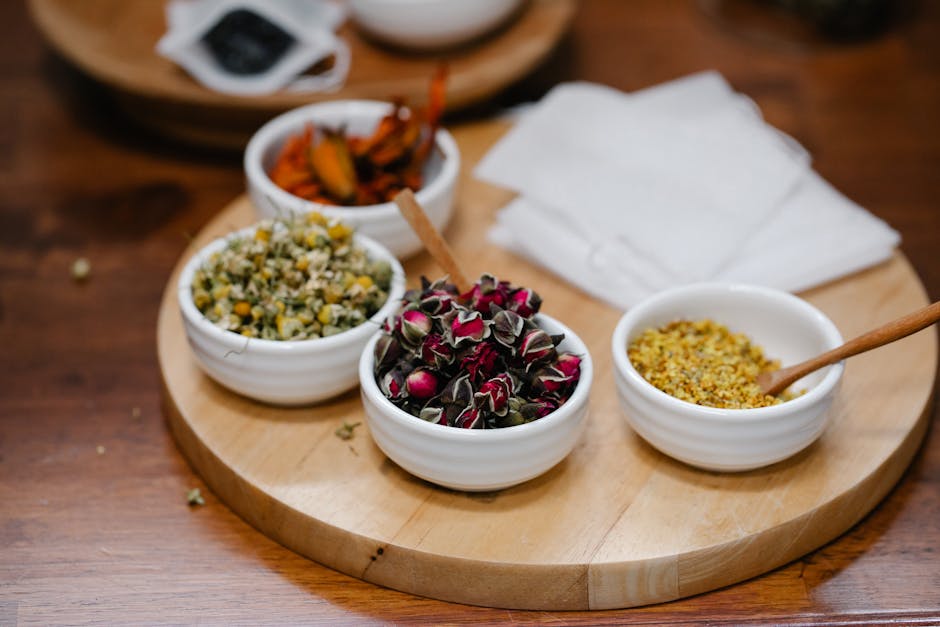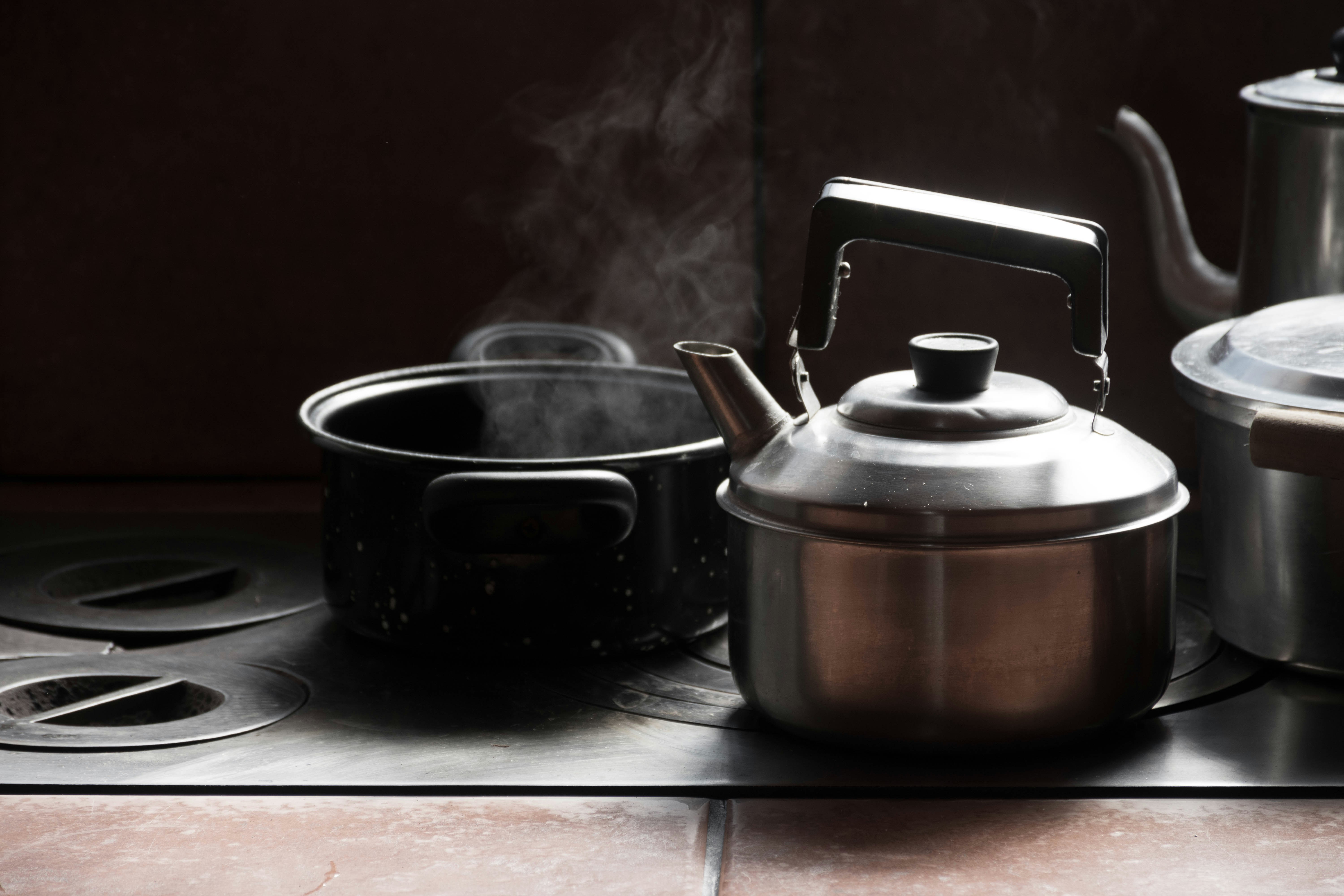Culinary Scents: Enhance Flavor Profiles Using Fragrance
Cooking is an art, and like any art form, it thrives on inspiration. Have you ever entered a kitchen and been transported back to a cherished memory, perhaps by the scent of cinnamon wafting through the air or the sharp notes of rosemary and garlic mingling in a sizzling pan? “Culinary scents” play a critical role not only in triggering memories but also in influencing how we perceive and enjoy food. In this comprehensive guide, we’ll explore how to harness the power of fragrance to transform your cooking, enhance flavor profiles, and elevate your culinary experiences.
The Science of Smell and Taste

Did you know that approximately 80% of what we taste is actually linked to our sense of smell? This astonishing fact highlights the importance of aroma in our perception of flavors. When you take a bite of food, your brain engages in a complex process that allows you to savor flavors, all thanks to your olfactory senses. The right fragrance can cut through the richness of a dish, balance sweetness with acidity, and enrich your overall eating experience.
One wonderful aspect of cooking is its potential for improvisation. Just as you can cook intuitively and create delicious dishes without recipes, you can also use fragrances to guide your culinary creativity. For more insights on cooking with intuition, check out Cooking with Intuition.
Flavors as Narration

Each dish tells a story, with flavors acting as distinct characters. The way these characters interact creates a narrative that resonates with both the palate and the senses. Familiar fragrances like basil and garlic speak to Italian cuisine, while cumin and coriander evoke the warmth of Indian dishes. To create your culinary story, consider how the scents of ingredients you choose will contribute to your narrative.
If you’re exploring how different flavors weave cultural tales, discover our article on Decoding Flavor Profiles to gain deeper insights.
Unleashing Environmental Influences on Aroma

The environment in which you cook plays an undeniable role in how smells evolve and impact your dishes. For instance, cooking during certain times of day can enhance or even transform flavors. When the sun sets, the cooler air can bring about a different aroma to your kitchen, allowing herby aromas to flourish in ways that daytime cooking may fail to match.
For an in-depth look into how time of day shapes flavor choices, explore Cooking With Shadows.
Aromatic Ingredients to Inspire Flavor Profiles

In the culinary world, there is a vast array of aromatic ingredients that can inspire you. Herbs, spices, fruits, and even certain vegetables have scents that can guide your culinary creations.
-
Herbs: Fresh herbs like basil, cilantro, and mint not only add a distinct visual component to a dish but also unleash a perfume that can brighten up rich meals.
-
Spices: The fragrances of spices can elevate dishes from mundane to extraordinary. For instance, a pinch of smoked paprika not only adds flavor but infuses a delightful smokiness into your culinary canvas.
-
Citrus Zest: Adding citrus zest at the end of cooking can brighten flavors before serving. The fresh scent of lemon or lime can awaken tired taste buds.
-
Scented Oils: Infusing cooking oils with aromatic herbs and spices infuses your dishes with vibrancy and intrigue. A few drops of rosemary-infused olive oil can elevate drizzles on roasted vegetables, enhancing both flavor and smell.
To explore unique pairs, read more about creative flavor combinations in Culinary Alchemy.
The Connection Between Emotion and Flavor

The culinary experience is uniquely human. Emotional connections often shape our preferences and cooking choices. When preparing food for loved ones, your feelings can influence the flavors that attract or repel them. Have you noticed how your mood affects not only what you crave but also how you cook? Food is often an extension of our emotional states.
When you cook with intention and emotion, the aromas produced also reflect this sentiment, creating an inviting atmosphere that can elicit cherished memories. For a deeper dive into how emotions shape our culinary choices, visit Flavors of Emotion.
Creating Intimate Culinary Moments

To teach others about the importance of scent in cooking, consider inviting friends for a sensory cooking night. Provide various ingredients with intriguing aromas, such as spices or herbs, and explore how each scent influences the preparation of dishes together. This hands-on experience allows participants to develop a more intimate connection with cuisine through a multi-sensory approach.
The Role of Music in Culinary Creations

You might be surprised to discover that music can shape your cooking experience, affecting both your mood and your culinary choices. Culinary experts suggest creating a soundscape that enhances enjoyment and creativity when trying out new dishes. Listening to upbeat tunes might encourage spice exploration, while soft melodies may inspire a more refined approach to textures and flavors.
If you’re curious about the interplay between sound and taste, check out The Sound of Cooking.
Seasonal Influences on Aroma

As seasons change, so do available ingredients—and these ingredients carry their own unique scents that inspire seasonal recipes. Cooking with seasonal ingredients reflects not only the organic flavors but also the aromas that evoke warm feelings of comfort.
Consider this example: in winter, the scent of baking bread or slow-cooked stews fills the home with cozy comfort. In contrast, summer’s allure often inspires lighter fare, with fresh herbs and fruits contributing crisp, fragrant notes. You can read more about how to cultivate these seasonal vibes in our article on Seasonal Kitchen Symphonies.
Exploring Fragrance and Cuisines
As we explore international flavors, aromatic spices and herbs become characters within the story of every cuisine. Take Moroccan cuisine as an example, with its fragrant combinations of saffron, cumin, and cinnamon. Each scent weaves an intricate tale of heritage, culture, and time-tested tradition.
Among the most inspiring culinary adventures is to embark on a flavor quest around the globe. Discover unique recipe ideas inspired by international cuisines at The Flavor Quest.
The Aromatic Power of Cooking Techniques
Even the cooking methods you adopt can influence fragrance.
-
Sautéing: Quickly cooking herbs in hot oil releases essential oils and aromas, laying a fragrant foundation for dishes.
-
Braising: Slow cooking meats and vegetables creates a depth of flavor while creating mouthwatering scents that entice those nearby.
-
Smoking: Using a smoking technique to infuse wood smoke achieves an added dimension to your flavors and lingers as an unforgettable aroma.
To learn more about cooking with various techniques, explore our article on Culinary Cartography.
Transforming Anything into Culinary Gold
Cooking transcends basic recipes. It invites possibility—in the right hands, almost anything can become a masterpiece. Reinventing leftovers can become an art form when it’s done with care and creativity. By introducing fresh fragrances to your leftover creations, a mundane meal can be passported into a whole new world of flavor.
For practical ways to elevate your leftover dishes, dive into Transforming Leftovers.
Mindfulness in Cooking
Mindfulness is a key element in culinary creativity. Although cooking can feel like a chore, approaching it with mindfulness turns cooking into a form of self-care. Being present allows you to fully experience each fragrant note and visual presentation, enhancing your appreciation for the process as much as the outcome.
Our article Mindful Meals explores the intricate connection between cooking and meditation, revealing how each aromatic layer can contribute to a holistic culinary experience.
Final Thoughts: Incorporate Fragrance into Your Culinary Mastery
Incorporating fragrance into your cooking doesn't require elaborate recipes or gourmet ingredients; rather, it calls for an adventurous spirit and a willingness to experiment. The aromas of various herbs, spices, and other ingredients can elevate every dish, allowing you to engage in a deeper sensory experience that transcends basic cooking.
Arm yourself with the tools mentioned in this article, invite friends to share in the excitement of scent-inspired cooking, and taste the difference. Culinary fragrances are a pathway to creativity, storytelling, and the shared joy of cooking.
Excited to learn more? Discover how to transform your kitchen into an aromatic sanctuary as you prepare meals that inspire more than just taste!



